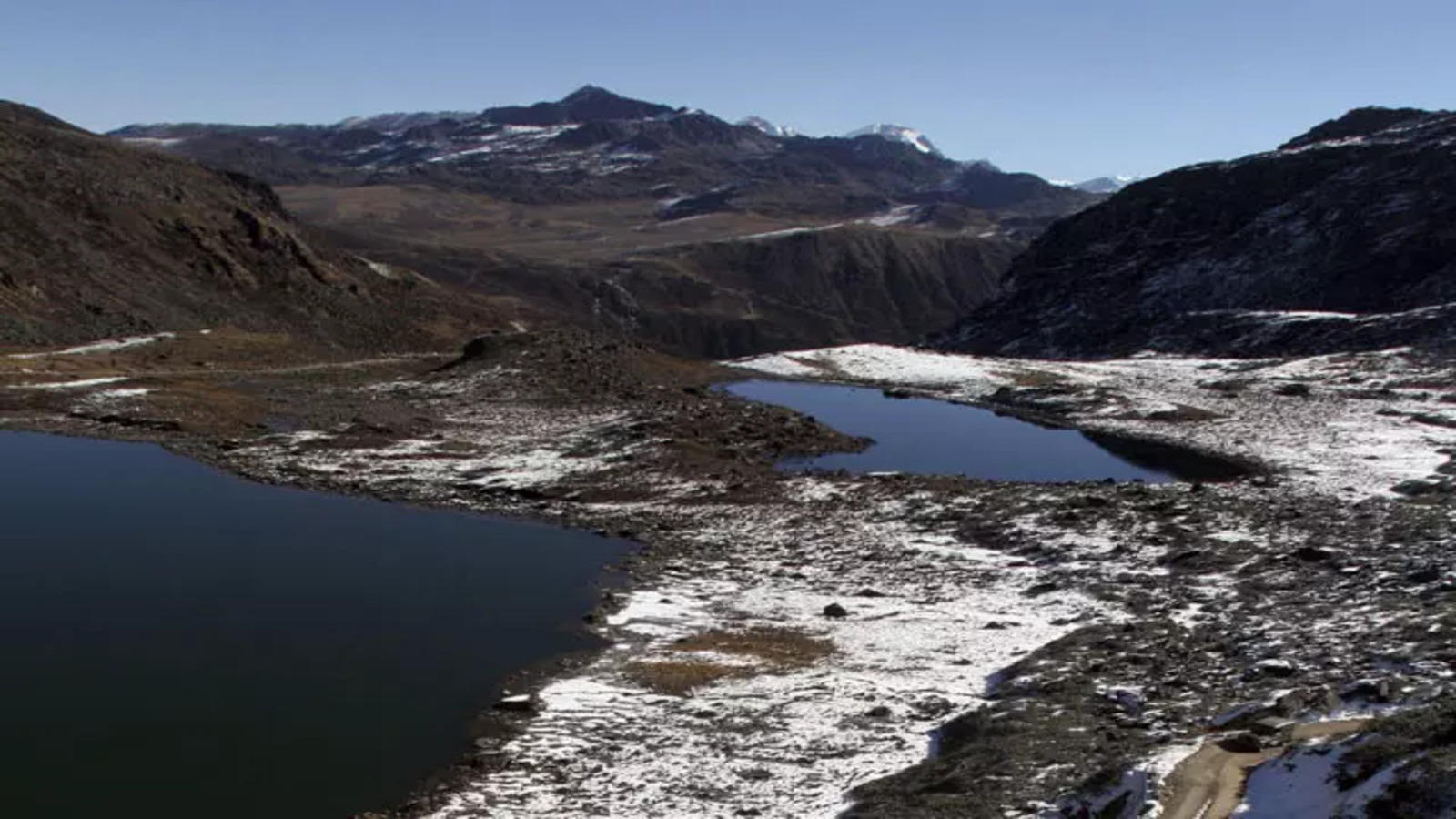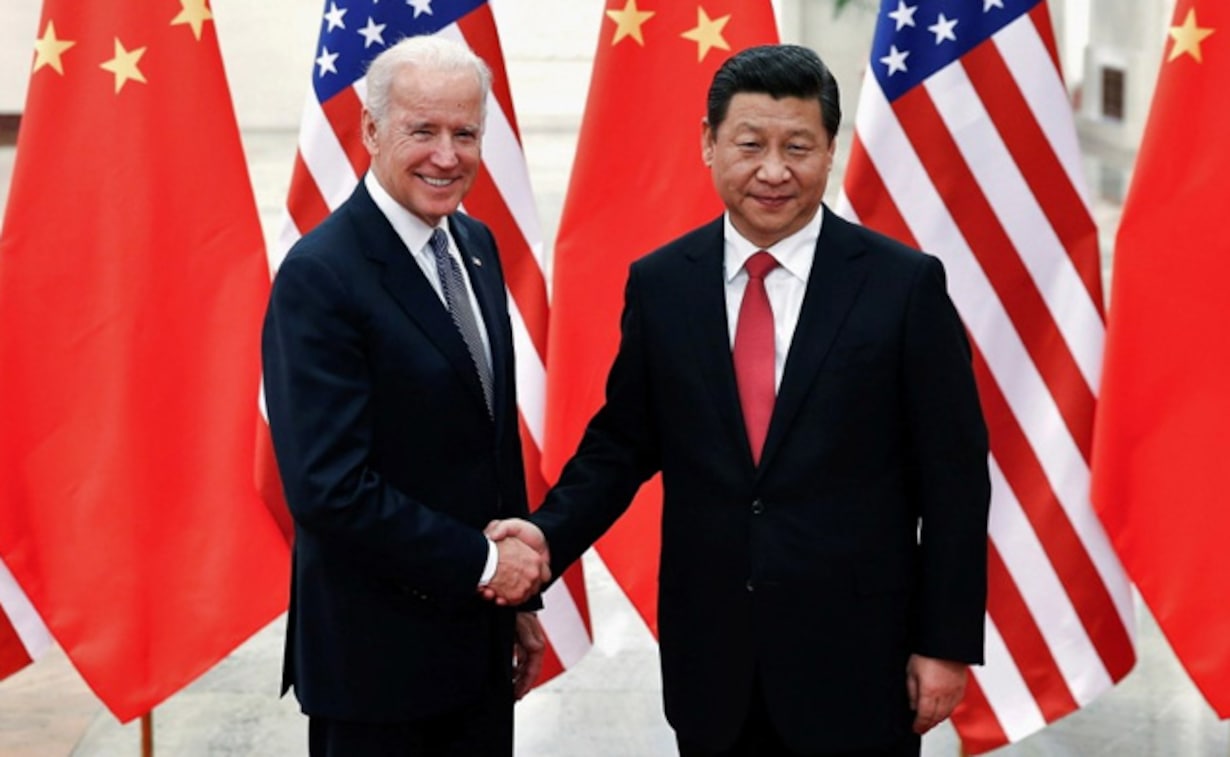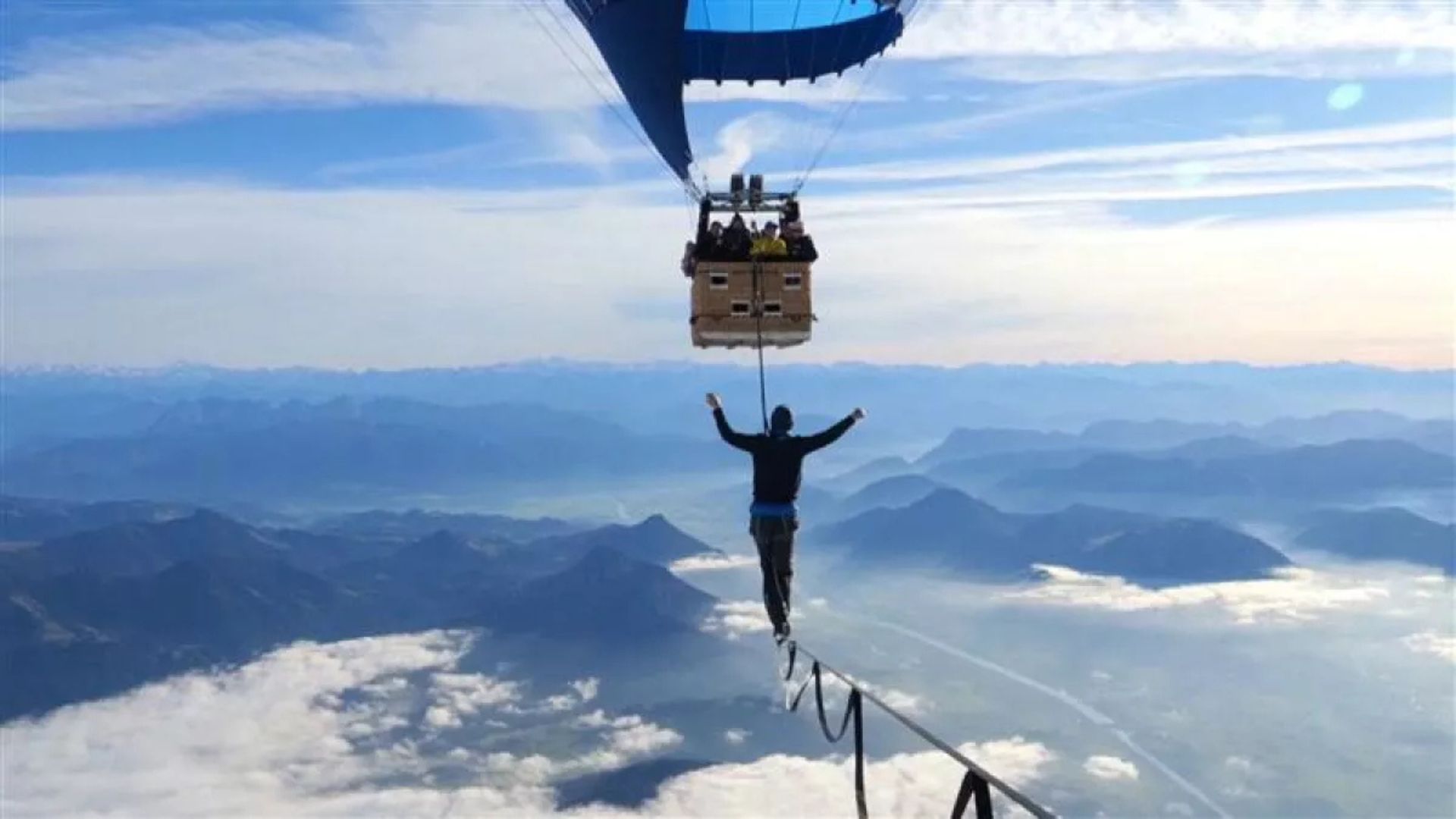
The recent clash between Indian and Chinese troops along the LAC in the Yangtse Tawang sector in Arunachal Pradesh on 9 Dec 22 should not be considered as an accidental and minor episode of local level among Indian and PLA troops, despite the fact that the quick response by Indian troops and subsequent flag meeting between local commanders could lead to a thaw in the situation. China has been claiming entire Arunachal Pradesh as south Tibet and part of its territory since 1949 till date. The Yangtse region of Tawang district has been in the eyes of the PLA for several decades. The recent clash on 9 December is not the first incident of this nature. The PLA attempted same kind of invasion in Yangtse in October 2021 too when more than 100 PLA troops entered Indian territory, though they were forced to retract due to the action of the Indian Army. Flag meeting was also held last year to maintain status quo in the region. However, the PLA violated this protocol again this time. It is claimed that more than 500 PLA troops have entered into the Yangtse region in the Indian side. The strength of 500 is almost five times greater than normal patrolling strength and intended to achieve localized military target. However, the PLA was taken by surprise by the strength and quick response of the Indian army to retaliate the PLA’s move at the earliest with equal strength.
Yangtse has historic and highly tactical importance in the Arunachal Pradesh for both the countries. The world’s second largest monastery of Tibetan Buddhist is in Tawang and hosted present Dalai Lama for two weeks in 1959 when PLA invaded Tibet and subsequently Dalai Lama fled from Tibet and crossed to the India on 30 March 1959 through Yangtse valley until he was arrived in Tezpur on 18 April 1959.
The Tawang valley is situated at an altitude of 10,000 feet and remains snowbound till March-April. Yangtse is around 35 kilometers north east from Tawang and is considered as the gateway to Tibet and is very close to the Bhutan border. Hence, the tactical dominance over Tawang sector, especially Yangtse valley, provides significant capability to monitor entire region of south Tibet, west Bhutan, Assam and North East. China had attempted to occupy entire Tawang area during the 1962 war. Keeping long-term strategic interests in Tibet, China has been engaged in developing massive infrastructure in the last few decades in Tibet, especially adjacent to the LAC. As per unconfirmed reports, a good road and communication network have been developed there by both the countries. The large number of troops and drone surveillance system have been deployed by both the sides.
Premier Xi Jinping is continuously maintaining his aggressive posture on LAC since 2017. China is not at all keen to resolve the LAC issue with India or to maintain peace and tranquility on the border. The Chinese tactics of slicing every time, claiming new perception of LAC is a well-planned strategy to keep India engaged on the border and achieve tactical gains in a gradual manner on strategic locations on LAC as has been their practice since 1954 till date. Even there is no sign of change in Chinese attitude of claiming new perception of LAC in Depsang sector in Eastern Ladakh, despite 16 rounds of military talks. However, tactical shift in India’s defence doctrine to adopt offensive or preemptive approach to defend its territorial and strategic interest that to clubbed with augmentation of infrastructure and connectivity to the remotest locations on the LAC especially in the highly sensitive trigger points of Tawang, Doklam, Sikkim and Eastern Ladakh has definitely put hurdles and concern in the mindset of the Chinese leadership to achieve their ultimate goal to gain dominance on LAC. India’s growing status and acceptance as a reliable diplomatic, financial and military power during the Covid pandemic and the ongoing Russia-Ukraine conflict as well as wide exposure of Chinese tactics of grabbing countries by engaging them in the Belt and Road initiative have triggered the PLA to indulge in clashes along the LAC.
There has been a paradigm shift in Chinese approach on LAC in the recent past. After almost standstill position and faceoff in Ladakh, China has started pumping huge resources and funds to develop massive infrastructure and military bases in Tibet, along with keeping an eye on close monitoring of LAC, Nepal, Bhutan and Bangladesh. China has invested more than US$ 310 million in developing infrastructure for communication, highways, railway network, airports and construction of modern villages in Tibet. The process of militarization and changing demography pattern of Tibet is ongoing. The training centers have been raised in Tibet to induct Tibetans in PLA as present Chinese troops are far inferior in their high altitude warfare capabilities. China has built up 10 new fully-equipped air bases to launch air operation against India along with the LAC. These air bases play a dual role for both military and civil purposes. Surface to air missiles, air surveillance network, military logistic supports like arms ammunition, fuel depot and other essential components have also been developed in Tibet. The newly built Nyingchi and Baibung highways is almost parallel to LAC and capable of load capacity to allow mobilization of heavy vehicles, including military columns and weaponries on the surface. Moreover, it reduces travel distance from 346km to 180 km between these two important towns, more so travel time will be less than 8 hours. Another 409 km long highway has been constructed to link Lhasa with Nyingchi, which has reduced travel time between these two cities from eight to five hours. Hence, the PLA can move with much faster way up to Nyingchi which is located just 16 km away from the LAC and highly significant military base of PLA having deployment of 52nd and 53rd Mountain Infantry Brigades of PLA. China has augmented rail network in Tibet since 2006. Golmud in Qinghai to Lhasa rail link served as a major source of infrastructural development in Tibet. The proposed rail network between Chengdu in Sichuan with Lhasa will also join Nyingchi. Hence, China is all set to established massive micro network of communication along with LAC. Sensing Chinese intentions to engage India over entire LAC and gain tactical and territorial superiority in the region, India has planned a well-defined time-bound strategy to counter Chinese ill intentions. We have got much better infrastructure in the last few years across the entire area of northern border. Ongoing road, railways, air, water transport, communication, energy and rural development projects in the remotest adjoining areas along the LAC and LOC will not only be able counter Chinese threat, but also enhance integration of these remotest localities with the mainstream of the country.















